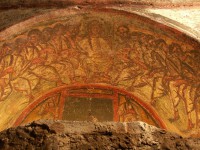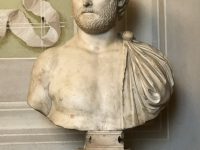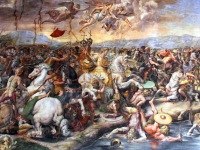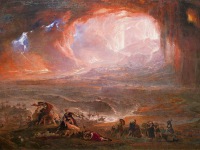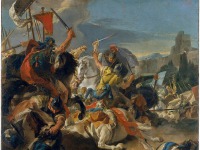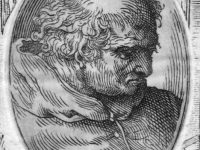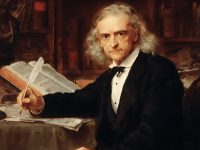Michelangelo Buonarotti – the Renaissance Artist
On March 6, 1475, Italian sculptor, painter, architect, and poet of the High Renaissance Michelangelo di Lodovico Buonarroti Simoni was born. Michelangelo exerted an unparalleled influence on the development of Western art. He is considered to be the greatest living artist during his lifetime, he has since been described as one of the greatest artists of all time. Despite making few forays beyond the arts, his versatility in the disciplines he took…
Read more



